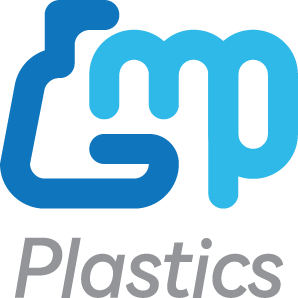Pipetting is a fundamental laboratory skill crucial for ensuring accuracy, precision, and reproducibility in scientific experiments. Whether you are conducting molecular biology research, pharmaceutical testing, or clinical diagnostics, mastering proper pipetting techniques can significantly improve data reliability. This guide explores best practices for pipetting, common mistakes to avoid, and maintenance tips to extend the life of your equipment.
Importance of Proper Pipetting
Accurate pipetting is essential in research and clinical settings where even minor volume discrepancies can lead to significant errors in results. Proper technique ensures:
-
Reproducibility – Consistency in experimental outcomes.
-
Accuracy – Delivering the correct volume of liquid every time.
-
Precision – Minimizing variability in repeated measurements.
-
Longevity of Equipment – Reducing wear and tear on pipettes.
Essential Pipetting Techniques
To achieve reliable and reproducible results, it is crucial to follow these key pipetting techniques:
1. Selecting the Right Pipette and Tip
-
Use a pipette appropriate for the volume you need to transfer. For instance, a 10 µL pipette is more accurate for small volumes than a 1000 µL pipette.
-
Always use high-quality, compatible tips to ensure a proper seal and avoid leakage.
2. Proper Pipette Handling
-
Hold the pipette vertically when aspirating to prevent liquid from entering the barrel.
-
Pre-wet the tip by aspirating and dispensing the liquid at least once before taking the final volume.
-
Immerse the tip just below the surface of the liquid (1-2 mm for small volumes and 3-5 mm for larger volumes) to avoid air bubbles.
3. Aspirating and Dispensing Techniques
-
Consistent Plunger Pressure: Press the plunger smoothly to the first stop before immersing the tip in the liquid.
-
Slow, Steady Release: Slowly release the plunger to aspirate liquid, avoiding sudden movements that can cause air bubbles.
-
Dispensing at an Angle: For accurate delivery, touch the tip to the side of the receiving vessel and press the plunger to the second stop.
4. Minimizing Temperature Effects
-
Temperature fluctuations can affect liquid viscosity and pipetting accuracy. Pre-equilibrate pipette tips with the liquid to minimize variations.
5. Avoiding Cross-Contamination
-
Use filter tips when working with volatile, viscous, or biohazardous liquids.
-
Change tips between different samples to prevent carryover contamination.
-
Store pipettes properly in a vertical position with appropriate holders.
Common Pipetting Mistakes and How to Avoid Them
Even experienced lab professionals can make mistakes that impact data accuracy. Here are some common errors and tips to prevent them:
1. Pipetting Too Quickly
-
Rapid aspiration or dispensing can cause splashing, air bubbles, and inconsistent measurements. Always pipette at a controlled, steady pace.
2. Incorrect Tip Immersion Depth
-
Dipping the tip too deep or too shallow can result in inaccurate volumes. Follow the recommended depth guidelines.
3. Incomplete Dispensing
-
Failing to fully depress the plunger or dispensing too quickly can leave residual liquid in the tip, affecting accuracy.
4. Not Calibrating Pipettes Regularly
-
Pipettes should be calibrated at least every 3-6 months to maintain accuracy. Routine checks with distilled water and an analytical balance can help verify performance.
Pipette Maintenance and Care
Proper maintenance extends the lifespan of pipettes and ensures reliable performance. Here’s how to keep your pipettes in optimal condition:
1. Regular Cleaning
-
Clean the external surfaces with 70% ethanol.
-
Autoclave compatible pipette tips and removable parts if necessary.
2. Proper Storage
-
Store pipettes in an upright position on a stand to prevent contamination and mechanical wear.
-
Avoid placing them on countertops where they can collect dust and debris.
3. Routine Calibration and Servicing
-
Schedule professional calibration services at regular intervals.
-
Check for leaks by aspirating liquid and holding the pipette vertically for a few seconds to ensure no dripping occurs.
Conclusion
Mastering proper pipetting techniques is essential for achieving accurate, precise, and reproducible laboratory results. By selecting the right pipette, handling it correctly, and adhering to best practices, you can enhance the reliability of your experiments. Additionally, routine maintenance and calibration will extend the life of your pipettes and improve overall efficiency in the lab. By avoiding common pipetting mistakes, you can significantly reduce experimental errors and enhance the quality of your scientific data.




